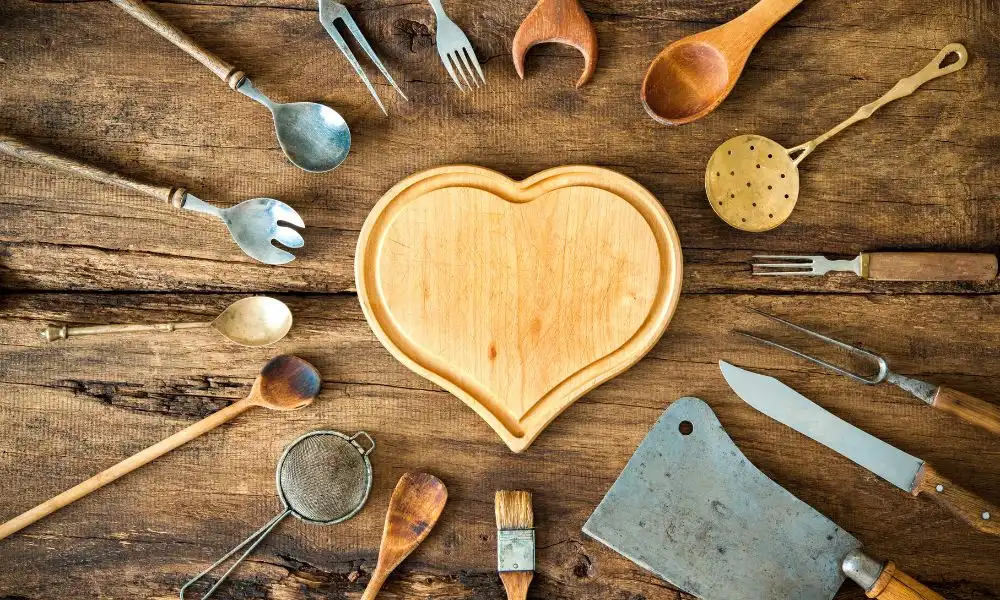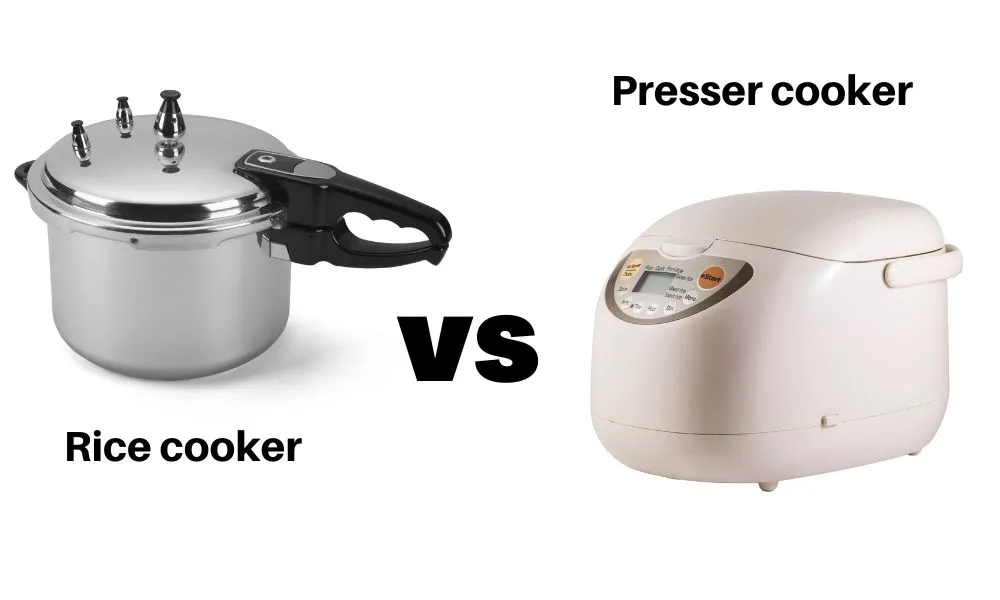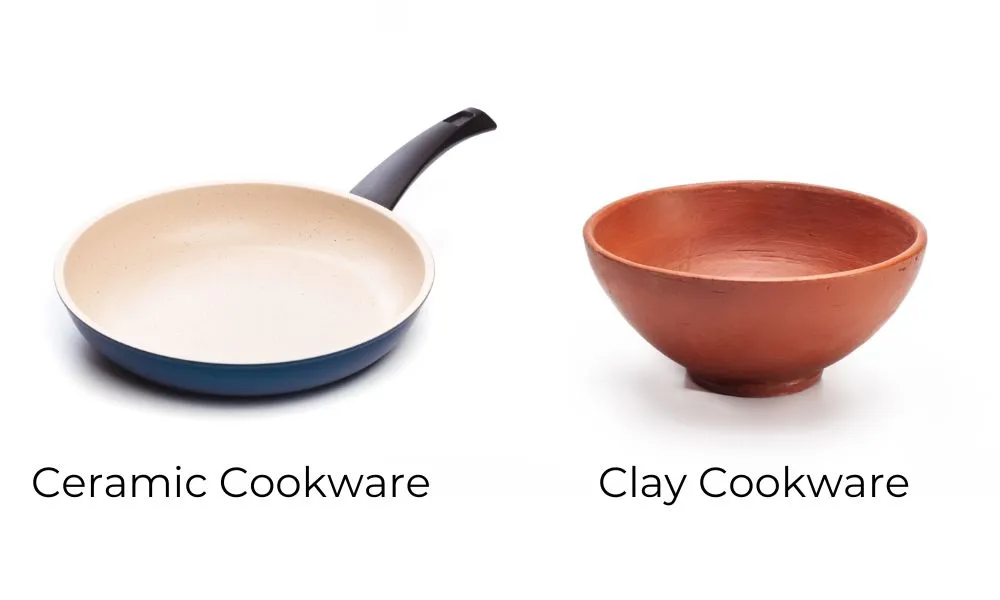When it comes to cooking, having the right tools is essential for a successful meal. Kitchen utensil sets are designed to provide you with all the necessary equipment needed to prepare and serve food. While there are countless types of kitchen utensil sets available on the market, each set typically includes basic essentials such as a spatula, ladle, spoon, and fork.
However, different cooking styles may require specific types of utensils that cater to those needs. For instance, if you enjoy baking cakes or cookies regularly in your kitchen, then having measuring cups and spoons is crucial. In this article, we will explore various types of kitchen utensil sets that can help make your cooking experience more enjoyable and efficient.
Table of Content
Types of Kitchen Utensil Sets
Basic Types of Kitchen Utensil Sets
A basic kitchen utensil set typically includes the essential tools needed for everyday cooking. These utensils are versatile and cater to a wide range of recipes and cooking techniques. Let’s explore some Types of Kitchen Utensil Sets you can expect to find in a basic set:
1. Spatula
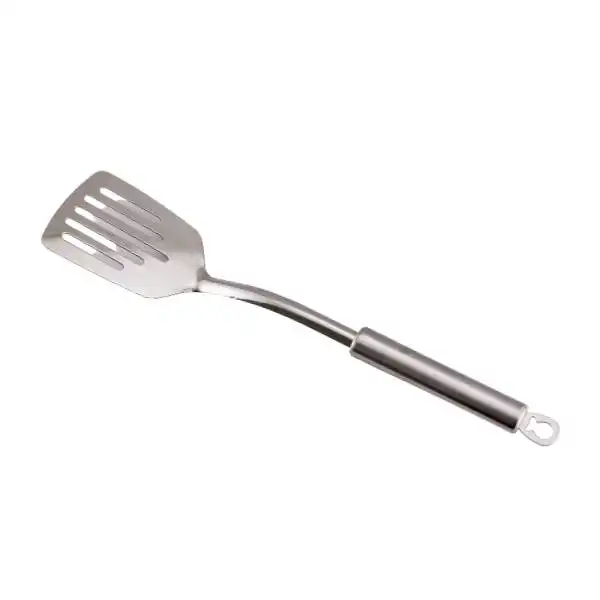
A spatula is a flat, flexible tool that is used for flipping and turning food. It’s perfect for flipping pancakes, burgers, or omelets without damaging them. Spatulas are typically made from heat-resistant materials like silicone or stainless steel.
2. Wooden Spoon
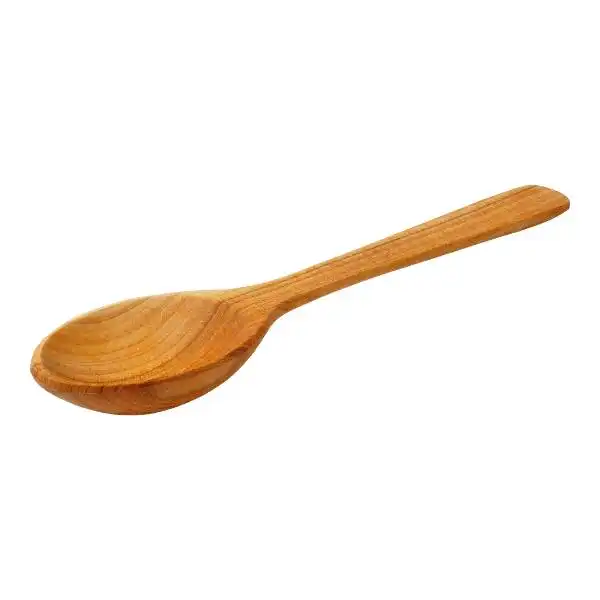
A wooden spoon is a staple in any kitchen. It’s great for stirring sauces, soups, and stews. Wooden spoons are gentle on cookware and won’t scratch non-stick surfaces.
3. Whisk
A whisk is used for blending and incorporating air into ingredients. It’s ideal for whisking eggs, batters, dressings, and sauces. Whisks come in various sizes and can be made of stainless steel or silicone-coated wires.
4. Tongs
Tongs are versatile utensils that are used for gripping and lifting food. They’re great for flipping meat on the grill, tossing salads, or serving pasta. Tongs are available in different lengths and materials, such as stainless steel or silicone-tipped.
5. Ladle
A ladle is a deep-bowled spoon with a long handle. It’s designed for serving soups, stews, and sauces. Spoons are available in different sizes, allowing you to portion out the desired amount of liquid.
These are just a few examples of utensils that are commonly included in a basic kitchen utensil set. Each utensil serves a specific purpose and is essential for everyday cooking.
Advanced Types of Kitchen Utensil Sets
If you’re passionate about cooking and want to expand your culinary skills, an advanced kitchen utensil set is a worthy investment. Also, advanced sets include additional tools that cater to more specialized cooking techniques. Let’s explore some of the utensils you can expect to find in an advanced set:
1. Chef’s Knife Kitchen Utensil Sets

A high-quality chef’s knife is a must-have for any serious cook. It’s a versatile, all-purpose knife that can handle a wide range of cutting tasks, from slicing vegetables to carving meat. A chef’s knife typically has a sharp, sturdy blade and a comfortable handle.
2. Kitchen Shears
Kitchen shears are multi-purpose scissors designed for various kitchen tasks. They’re great for trimming herbs, cutting poultry, or even opening food packaging. Look for shears with stainless steel blades and a strong, ergonomic handle.
3. Microplane Grater
A microplane grater is a fine-toothed grating tool perfect for zesting citrus fruits, grating hard cheeses, or even grating nutmeg. It produces fine, delicate shreds without tearing or shredding the ingredients.
4. Meat Thermometer
A meat thermometer is an essential tool for achieving perfectly cooked meat. It allows you to monitor the internal temperature of the meat to ensure it reaches the desired level of doneness. Look for a digital thermometer with an instant-read feature for accurate results.
5. Silicone Spatula
A silicone spatula is a versatile tool that is heat-resistant and perfect for scraping bowls, folding ingredients, and mixing batters. It’s gentle on cookware and won’t scratch non-stick surfaces. Look for a spatula with a sturdy handle and a flexible, heat-resistant head.
An advanced kitchen utensil set provides you with the tools you need to take your culinary skills to the next level. These additional utensils cater to specific cooking techniques and allow for more precise and refined culinary creations.
Specialty Kitchen Utensil Sets
For those who have a specific culinary focus or enjoy cooking a particular cuisine, a specialty kitchen utensil set can be a game-changer. These sets are designed to cater to the unique needs of specific cooking styles or cuisines. Let’s explore a few examples:
1. Asian Cuisine Kitchen Utensil Set
An Asian cuisine set may include utensils such as a bamboo steamer, a sushi mat, a rice paddle, and chopsticks. Generally, these tools are essential for preparing and serving Asian dishes like dumplings, sushi, and stir-fries.
2. Baking Kitchen Utensil Set
A baking set typically includes utensils like a rolling pin, pastry brush, dough scraper, and cookie cutters. These tools are essential for creating delicious baked goods like cakes, pastries, and cookies.
3. Barbecue Kitchen Utensil Set
A barbecue set is design specifically for outdoor grilling. It may include utensils such as long-handled tongs, a basting brush, skewers, and a grill brush. These tools are perfect for mastering the art of grilling and creating mouthwatering barbecued dishes.
Specialty kitchen utensil sets allow you to immerse yourself in a specific culinary style and explore its unique techniques and flavors. Basically, they provide you with the tools needed to create authentic and delicious dishes.
Choosing the Right Kitchen Utensil Set
When selecting a kitchen utensil set, several factors must be considered to ensure you choose the right one for your needs. Here are some key considerations:
Budget: Determine your budget and look for a utensil set that offers the best value for your money. Consider the quality, durability, and number of utensils included in the set.
Cooking Preferences: Assess your cooking habits and preferences. Do you enjoy baking? Are you an avid griller? Choose a utensil set that aligns with your cooking style and the types of recipes you frequently prepare.
Quality: Look for utensils made from high-quality materials that are durable and built to last. Stainless steel, silicone, and heat-resistant plastics are excellent choices for utensil construction.
Utensil Variety: Consider the variety of utensils included in the set. Ensure it covers your basic needs and any specialized tools you may require for your preferred cooking techniques or cuisines.
Customer Reviews: Read customer reviews and ratings to gain insights into the quality, durability, and performance of the utensil set you’re considering. Also, real-life experiences can help you make an informed decision.
By carefully considering these factors, you can choose a kitchen utensil set that meets your cooking needs and enhances your culinary experience.
Caring for Your Kitchen Utensil Sets
To ensure the longevity of your kitchen utensils and maintain their performance, proper care, and maintenance are essential. Here are some tips to help you care for your utensil set:
Cleaning: Clean your utensils after each use. Most utensils are dishwasher-safe, but it’s best to check the manufacturer’s instructions. For stubborn food residue, soak the utensils in warm, soapy water before cleaning.
Storage: Proper storage helps protect your utensils and keeps them organized. Consider using a utensil holder, drawer dividers, or hanging racks to keep your utensils easily accessible and in good condition.
Avoid High Heat: Some utensils, especially those with silicone components, may not be suitable for high heat. Check the manufacturer’s guidelines to ensure you use the utensils within their recommended temperature range.
Avoid Abrasive Cleaners: Harsh or abrasive cleaners can damage the surface of your utensils. Stick to mild dish soap and non-abrasive sponges or brushes for cleaning.
Inspect Regularly: Periodically inspect your utensils for signs of wear and tear. Also, replace any damaged or worn-out utensils to maintain optimal performance and prevent any potential hazards.
By following these care and maintenance guidelines, you can prolong the life of your kitchen utensil set and ensure that your tools remain in top condition for years to come.
Conclusion
A kitchen utensil set is an essential investment for anyone looking to achieve culinary excellence. Whether you opt for a basic set, an advanced set, or a specialty set, having the right tools at your fingertips can elevate your cooking skills and expand your culinary horizons. Consider your cooking preferences, budget, and quality when selecting a utensil set, and remember to care for your utensils properly to ensure their longevity. With the right utensil set in your kitchen, you’ll be well-equipped to create delicious meals that impress and delight.
FAQs (Frequently Asked Questions) about Types of Kitchen Utensil Sets
Can I buy individual utensils instead of purchasing a whole set?
Absolutely! If you already have some utensils or prefer to choose specific tools, buying individual utensils is a viable option. It allows you to customize your collection based on your needs and preferences.
How often should I replace my kitchen utensils?
The lifespan of utensils can vary depending on their quality, frequency of use, and care. Inspect your utensils regularly for signs of wear and tear, and replace any damaged or worn-out utensils for optimal performance and safety.
Are stainless steel utensils better than plastic utensils?
Stainless steel utensils are generally more durable and long-lasting compared to plastic utensils. However, the choice between stainless steel and plastic depends on personal preferences, specific cooking needs, and the type of recipes you frequently prepare.
Can I use my kitchen utensils with non-stick cookware?
Yes, many kitchen utensils are designed specifically for use with non-stick cookware. Look for utensils with non-scratch or silicone-coated heads to protect the non-stick coating on your pans and pots.
